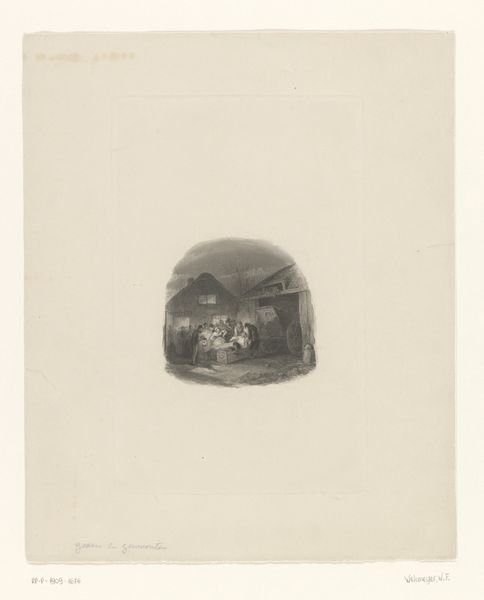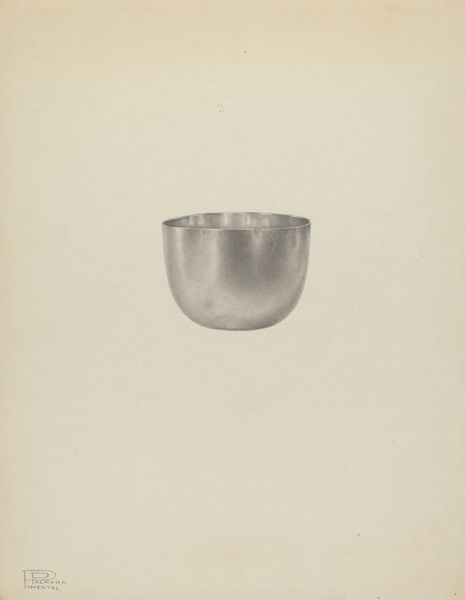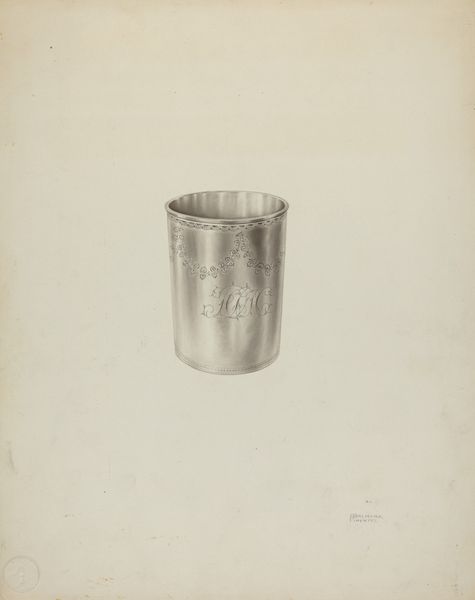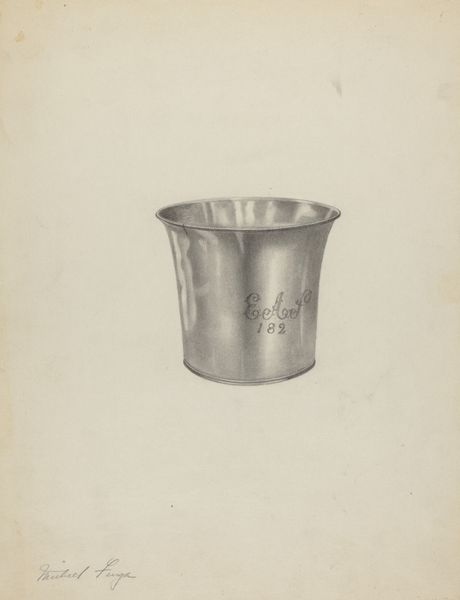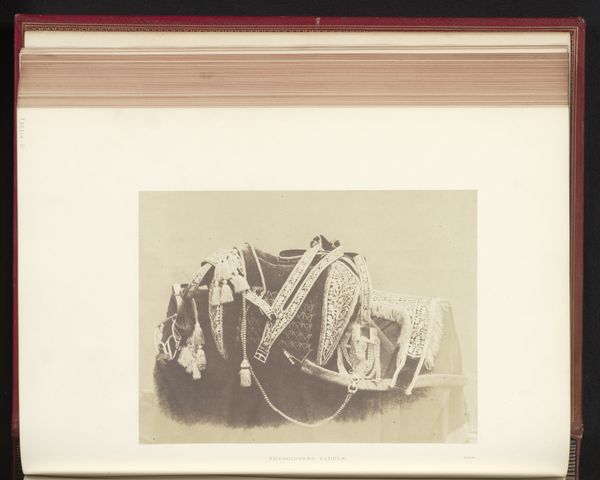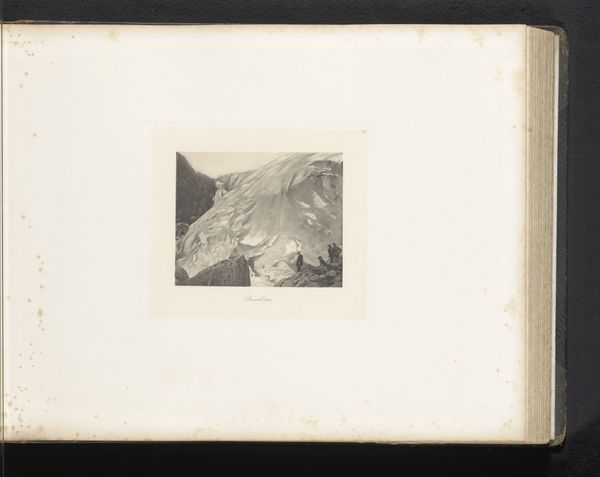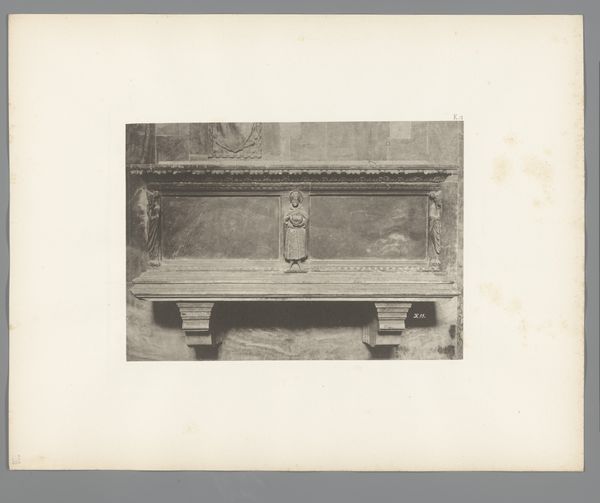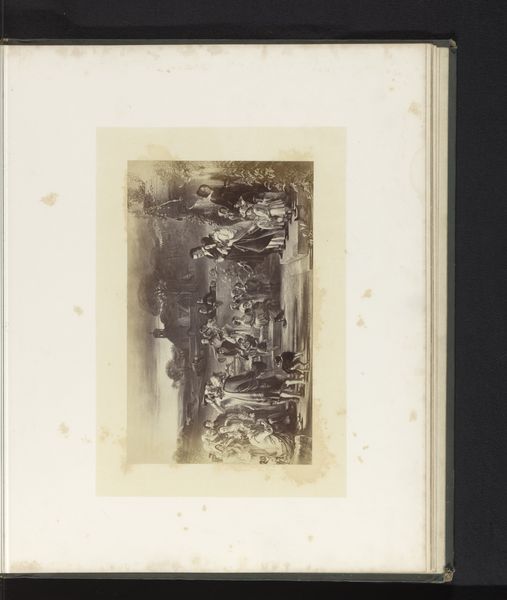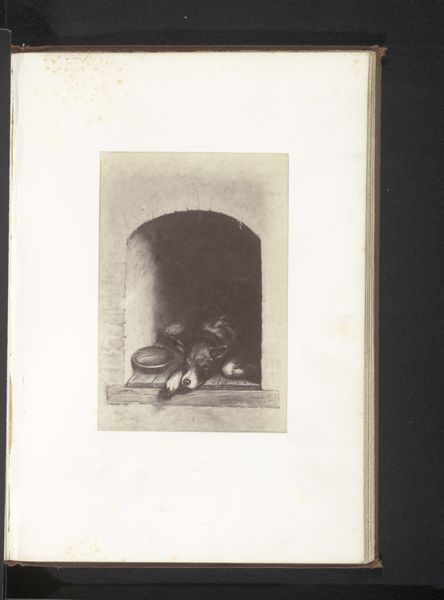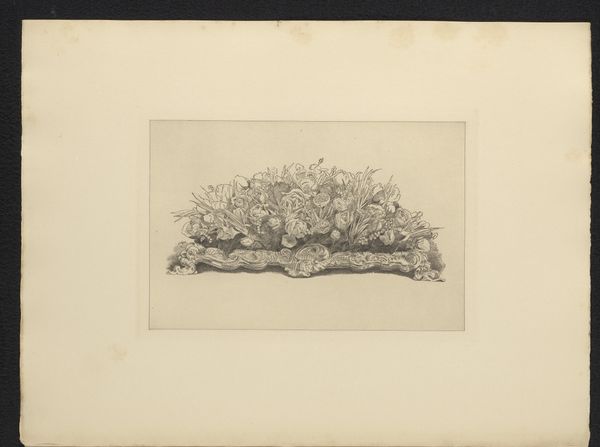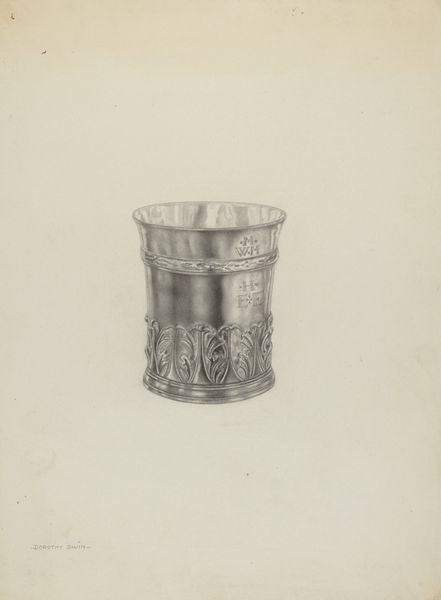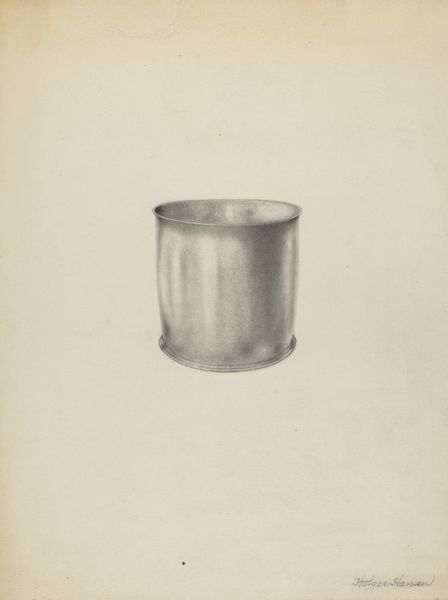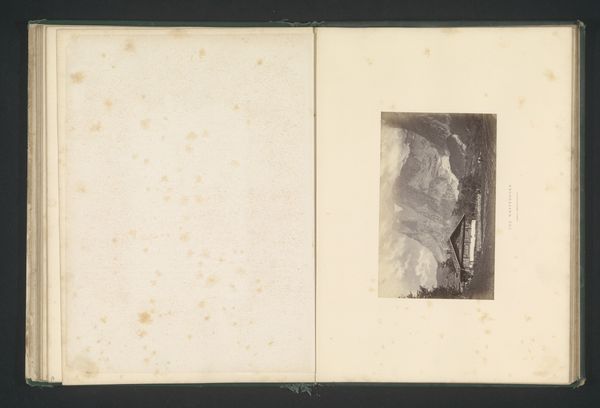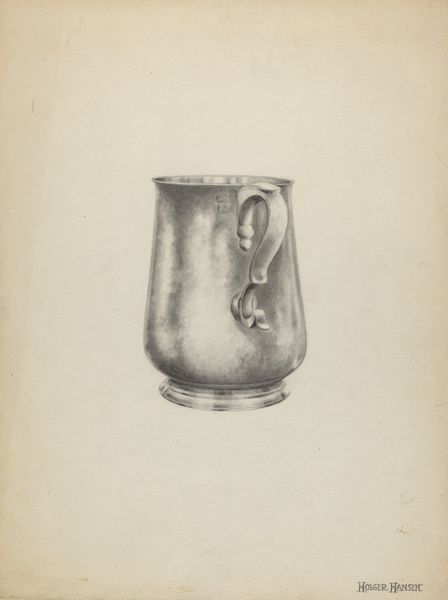
Pagina 72 van fotoboek van de Algemeene Vereeniging van Rubberplanters ter Oostkust van Sumatra (A.V.R.O.S.) c. 1924 - 1925
0:00
0:00
print, photography
#
still-life-photography
# print
#
photography
Dimensions: height 240 mm, width 310 mm
Copyright: Rijks Museum: Open Domain
Editor: This photograph, "Page 72 from a Photo Book of the General Association of Rubber Planters on the East Coast of Sumatra (A.V.R.O.S.)", taken around 1924-1925 by J.W. Meyster, presents a block of rubber in stark detail. It’s part of a larger print collection housed at the Rijksmuseum. I'm struck by the object's layered texture. How do we interpret this photograph within its historical context? Curator: Excellent observation. Consider this image within the framework of Dutch colonial history. This photo isn’t just about rubber; it's about resource extraction, power dynamics, and the exploitation of land and labor in Sumatra. How does viewing this image through that lens shift your understanding? Editor: It definitely makes me think about the environmental impact and the human cost behind this seemingly simple still-life photograph. It feels like a document of a system that benefited some at the expense of others. Curator: Precisely. Think about the power structures at play: A.V.R.O.S. was a powerful organization. Who was this photo book intended for? What message was it trying to convey about their operations in Sumatra? What does the still-life genre evoke in this context? Editor: I guess I had not considered the intended audience before. Maybe it was meant to highlight the efficiency and modernity of rubber production to potential investors or to a European audience. It makes the object appear benign but it's more like a glorification of colonialism. Curator: Exactly! Seeing it that way invites a deeper engagement, beyond just aesthetic appreciation. It allows us to critically examine the legacy of colonialism and its lasting impact on contemporary society. Editor: So it’s about unraveling the stories behind the surface of seemingly mundane images? I definitely see photography in a new light! Curator: Indeed. It's about acknowledging the intricate web of history, power, and representation embedded within a seemingly simple photograph of rubber.
Comments
No comments
Be the first to comment and join the conversation on the ultimate creative platform.
